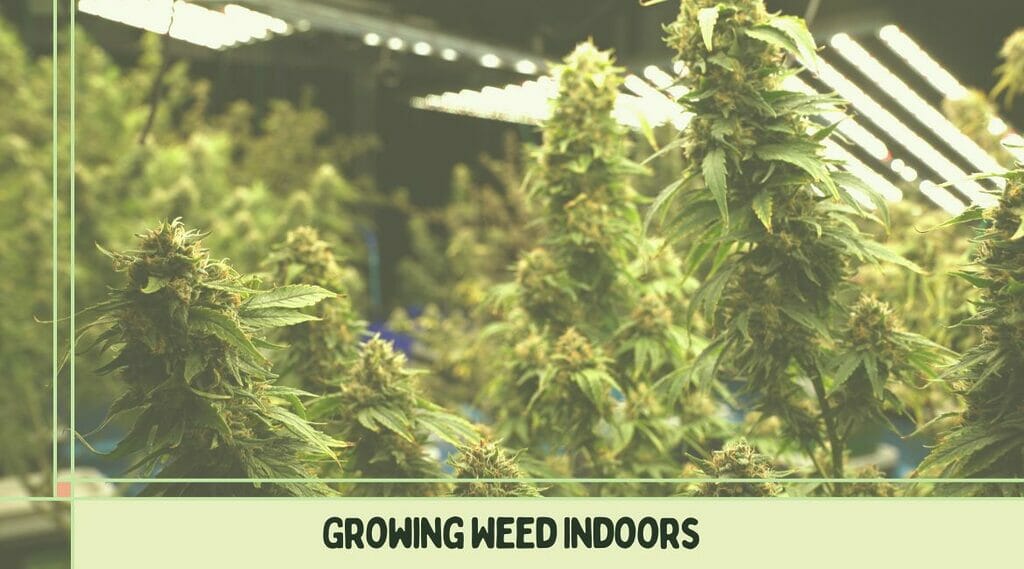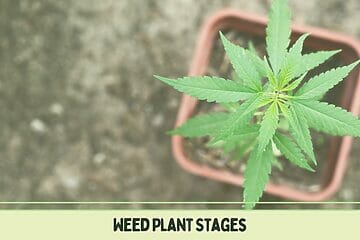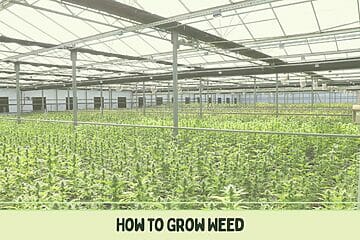Growing weed indoors is a great way to control the environment and ensure a successful crop. By controlling the temperature, humidity, and light, you can create the perfect conditions for your plants to thrive. However, indoor grow operations can be expensive and time-consuming to set up. In addition, you will need to carefully monitor your plants to ensure that they are receiving the proper care. But if you are patient and willing to put in the effort, growing weed indoors can be a rewarding experience. With a little bit of planning and attention to detail, you can produce a high-quality product that you can enjoy for years to come.
Table of Contents
Pros of Growing Cannabis Weed Indoors
- You Can Control the Environment
When growing weed indoors, you have complete control over the environment. You can control the temperature, humidity, and ventilation to create the perfect conditions for your cannabis plant. Additionally, you can protect cannabis plants from pests and diseases by carefully controlling the environment. - You Can Grow All Year Round
Another benefit of growing weed indoors is that you can grow it all year round. With an indoor setup, you are not at the mercy of the weather and can grow your plants regardless of the season. This is especially beneficial if you live in an area with a short growing season. - Higher Yields
Because you can control the environment, indoor growers often experience higher yields than outdoor growers. When conditions are perfect, your plants will thrive and produce more buds. - Better Quality
In addition to higher yields, indoor growers also tend to produce better-quality cannabis plants. This is because you can control all of the variables that affect plant growth, such as temperature, humidity, and nutrition. By optimizing these variables, you can produce cannabis that is more potent and flavorful than what you would get from an outdoor grow operation. - Increased Privacy
Growing cannabis indoors also provides increased privacy compared to growing outdoors. If you are concerned about nosy neighbors or passersby, growing indoors will allow you to keep your operation hidden from view
Cons of Growing Weed Indoors
- High initial investment
Growing weed indoors can be a costly endeavor, as you will need to purchase grow lights, fans, and other equipment. You will also need to set up your grow room in a way that is conducive to plant growth, which can be expensive. - Requires a lot of time and effort
Growing cannabis indoors requires a significant amount of time and effort. You will need to monitor your plants closely and make sure that they are receiving the proper amount of light, water, and nutrients. - Can be difficult to control the environment
When growing marijuana indoors, it can be difficult to control the environment. For example, if the temperature or humidity levels are too high or low, it can adversely affect plant growth. Additionally, if there is too much light or not enough ventilation, it can also cause problems. - Pests and diseases can be a problem
Pests and diseases can also be a problem when growing cannabis indoors. If not properly controlled, they can quickly spread throughout your grow room and damage your plants. - Harvesting can be difficult
Harvesting cannabis plants can also be difficult when growing indoors. Because of the confined space, it can be hard to reach all of the plants and properly trim them. Additionally, indoor growers typically have smaller harvests than outdoor growers due to the limited space. - Legal issues to consider
There are also legal issues to consider when growing cannabis indoors. In some states, it is illegal to grow cannabis plants at home.
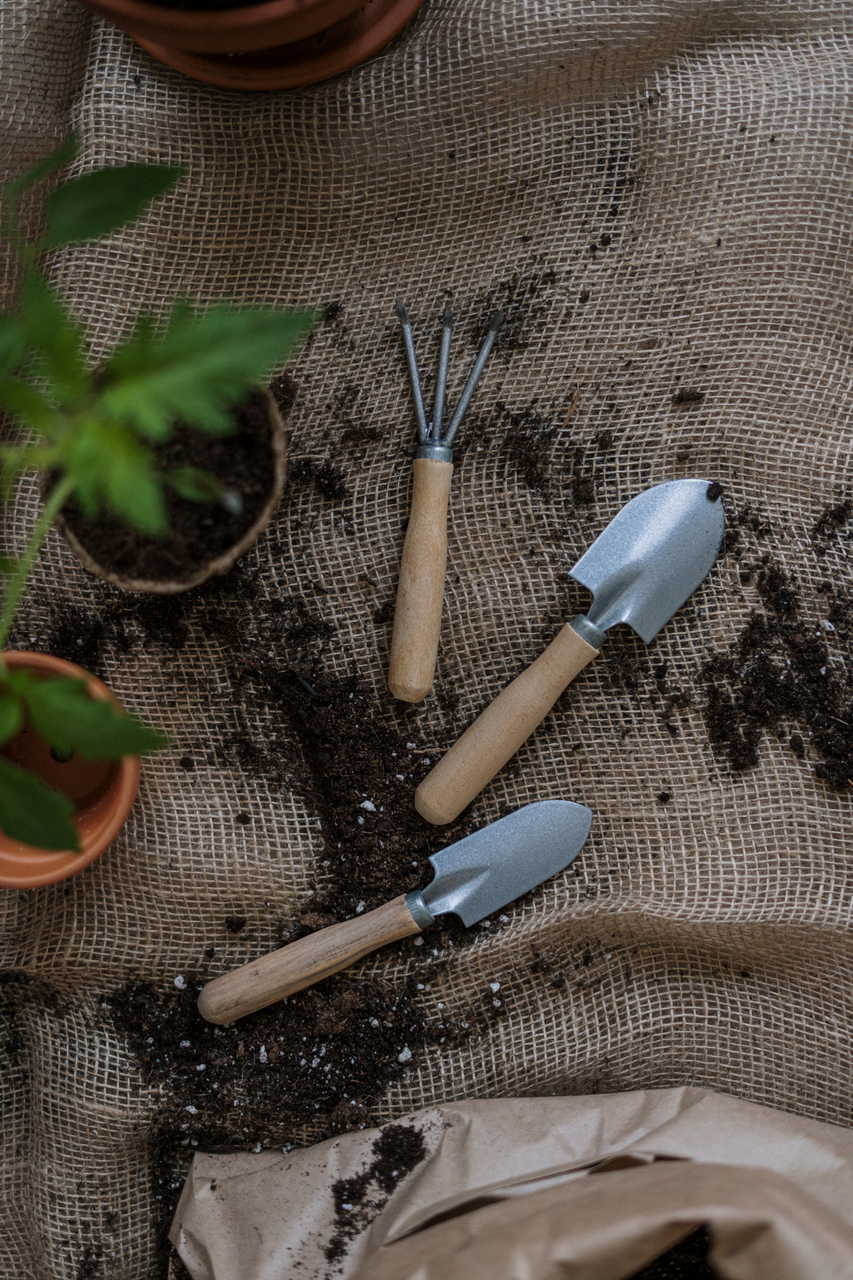
What Do You Need to Grow Your Own Weed Indoor
1-Indoor Space
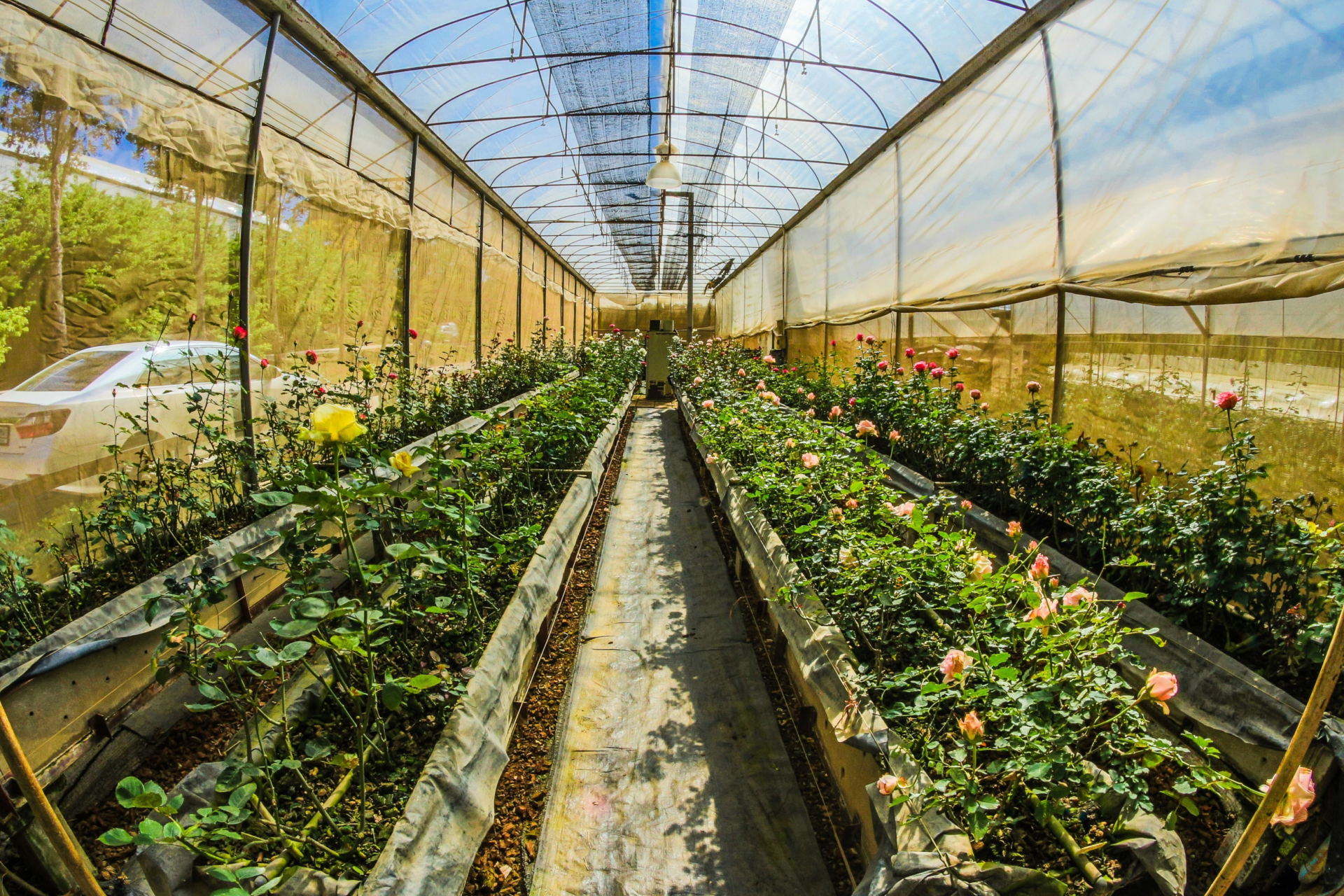
Grow Room for Cannabis Plants
Before you start growing cannabis, it’s important to create a indoor grow room that will meet the plants’ specific needs. Depending on the size of your grow room and the number of plants you’re hoping to grow, you’ll need to consider factors like ventilation, humidity, temperature, light, and sound. For example, cannabis plants require a lot of ventilation to prevent mold growth, so you’ll need to ensure that your grow room is well-ventilated. Additionally, cannabis plants thrive in humid conditions, so you’ll need to maintain a consistent level of humidity in your grow room. By creating a grow room that meets the needs of your cannabis plants, you’ll be well on your way to a successful harvest.
Grow Tent for Cannabis Plants
Grow tents are the best way to create the perfect grow room. Grow tents provide an enclosed space that can be customized to meet the specific needs of your plants. By controlling the environment within the grow tent, you can ensure that your plants receive the ideal amount of light, temperature, and humidity. grow tents also allow you to easily add or remove ventilation and grow lights as needed. In addition, grow tents help to isolate your plants from pests and diseases. As a result, grow tents provide an ideal way to create a healthy and productive grow room.
Grow tents are usually made out of a durable material that is tightly sealed to keep the light from escaping. The floor is usually covered with a sheet of plastic, which prevents the soil from getting dirty and keeps the humidity high inside. The walls are usually made out of fabric, which allows for better air circulation and prevents the light from escaping outside. The inside of a grow tent is lined with reflective material and then covered with a layer of plastic.
2- A Grow Light
Grow lights are a necessity for those who grow weed indoors. Cannabis plants need a minimum of 16 hours of light in order to photosynthesize and produce energy. If you are growing cannabis indoors, you will need to provide your plants with artificial light using grow lights. Grow lights come in a variety of types, including fluorescent, LED, and HID (high-intensity discharge). The type of light you choose will depend on factors such as the size of your grow space and the amount of money you are willing to spend.
HID Grow Lights for Growing Marijuana
Indoor growers of marijuana have long relied on HID grow lights to provide the intense light needed for the plants to flourish. However, HID lights can be expensive to operate and generate a lot of heat, making them less than ideal for small spaces. Fortunately, there are now more efficient and affordable options available, such as LED grow lights. LEDs are far more energy-efficient than HID lights, and they also emit very little heat. This makes them ideal for growers who are looking to save money and keep their grow space cool. In addition, LEDs offer full-spectrum light, which simulates the sunlight that marijuana plants would receive outdoors. This means that plants grown under LEDs will be just as healthy and vigorous as those grown under HID lights. For these reasons, LED grow lights are quickly becoming the preferred choice for indoor growers of marijuana.
LED Grow Lights for Growing Marijuana
LEDs are more energy efficient than traditional grow lights, and they generate very little heat. But there are a few things to consider before making the switch to LEDs. First of all, LED grow lights are more expensive than other types of grow lights. You’ll also need to make sure that your grow room is well ventilated, as LEDs can produce a lot of heat if they’re not used properly. Finally, it’s important to choose the right LED grow light for your plant. Different plants require different amounts of light, so make sure to do your research before making a purchase. If you take these factors into consideration, you’ll be able to decide if LED grow lights are right for you.
Fluorescent Lights for Growing Marijuana
Most people don’t think of fluorescent lights when they think of growing marijuana, but they can actually be a great option for indoor growers. Fluorescent lights are very efficient, and they emit very little heat, which can be a big advantage in a small grow space. They also come in a variety of sizes and shapes, so you can find one that will fit your needs. One downside of fluorescent lights is that they don’t produce as much light as some other types of lights, so you may need to use more of them to get the same amount of light. But overall, fluorescent lights are a great option for growing marijuana indoors.
3 – Marijuana Grow Timer
Many growers use timers to schedule their lights but this can be a complicated and expensive proposition. A better solution is to use an inexpensive timer that is designed specifically for growing marijuana. These timers are easy to set up and use, and they can provide your plants with the perfect amount of light throughout the day. In addition, they can help to prevent theft by automatically turning off the lights when people are not around. Whether you are a first-time grower or an experienced professional, marijuana grow timer can help you to achieve success.
4 – Air Pump
If you’re thinking about growing marijuana, one of the most important pieces of equipment you’ll need is an air pump. Air pumps provide a steady supply of air to your plants, which is essential for their growth. They also help to prevent root rot and other problems caused by stagnant air. When choosing an air pump for your marijuana grow room, it’s important to select one that is powerful enough to meet the needs of your plants. You should also consider the noise level of the pump, as some models can be quite loud. Once you have a good air pump, you’ll be well on your way to growing healthy and productive marijuana plants. Thanks for reading!
Nutrients and Supplements
Nitrogen
Nitrogen is one of the three essential macronutrients that marijuana plants need for optimal growth, along with phosphorus and potassium. Nitrogen is responsible for promoting healthy leaf growth, and it is a key component of chlorophyll, the molecule that helps plants to convert sunlight into energy. Although all plants need nitrogen, cannabis plants are particularly greedy growers and can quickly deplete the nitrogen in their growing medium. For this reason, it is important to regularly monitor nitrogen levels and supplement with additional nitrogen if necessary. There are many ways to add nitrogen to a cannabis grow room, including using nitrogen-rich fertilizers or compost, or by adding animal manure to the soil. Regardless of the method used, ensuring that your plants have sufficient levels of nitrogen will help them to reach their full potential.
Phosphorus
Growing marijuana is a popular pastime for many people, but it can be challenging to get the plants to produce large, high-quality buds. One important factor in bud production is phosphorus. This nutrient helps to encourage the development of flowers and fruits, and it also plays a role in theRoot development, seed production, and photosynthesis. For these reasons, phosphorus is often added to commercial fertilizers designed for marijuana plants. However, it’s important to be careful when using phosphorus-based fertilizers, as too much phosphorus can actually harm the plants. As a result, gardeners should follow the directions on the fertilizer packaging carefully and only apply the recommended amount. With the right amount of phosphorus, growers can achieve healthy plants with bountiful buds.
Potassium
One of the most important nutrients for healthy growth is potassium. Potassium helps plants to develop strong roots and produce abundant flowers. It also helps to prevent diseases and pests. For marijuana growers, potassium is especially important during the flowering stage. Potassium sulfate is often used as a fertilizer for marijuana plants, as it provides a high concentration of potassium without adding too much other nutrients. However, it’s important to consult with a knowledgeable grower before applying any type of fertilizer, as too much of any one nutrient can damage plants. With the right amount of potassium, though, your marijuana plants will be healthy and productive.
Calcium
Marijuana is a calcium-hungry plant, and it is important to provide adequate levels of this essential nutrient throughout the grow cycle in order to achieve maximum yields. Ideally, growers should aim to keep the soil pH around 6.5-6.8, as this will provide optimal conditions for uptake of calcium by the roots. Many commercial growers use limestone or gypsum to raise the soil pH, but this can sometimes result in a temporary increase inother nutrients such as magnesium and sodium. An alternative method is to use calcium nitrate, which will not change the soil pH and provides cannabis plants with a readily available source of nitrogen as well as calcium. However, it is important to remember that too much calcium can cause problems such as tip burn or stunted growth, so it is important to test the soil regularly and only apply additional nutrients when necessary. With a little care and attention, growers can ensure that their plants get the calcium they need to reach their full potential.
Magnesium
Magnesium is an essential nutrient for marijuana plants, and it plays a particularly important role during the flowering stage. Magnesium helps to promote cell division and encourages the development of strong stems and branches. It also helps to increase the size and weight of buds. For optimum results, magnesium should be applied as a foliar spray or added to the water when watering plants. When using magnesium sulfate, be sure to follow the directions on the package, as too much magnesium can lead to leafburn. With a little care, magnesium can help cannabis plants reach their full potential.
Watering Your Marijuana PlantCo
Watering your marijuana plant is important to its health and success. The general rule of thumb is to water when the soil is dry to the touch. However, there are a few things to keep in mind when watering your plant. If the soil is too dry, the roots will not be able to absorb the water properly and the plant will become stressed. On the other hand, if the soil is too wet, the roots will begin to rot. It is important to strike a balance when watering your plant. Generally speaking, if you’re only growing a few plants it is okay to use tap water but be sure to use filtered or distilled water if your tap water is high in minerals. Over time, these minerals can build up in the soil and stunt the growth of your plant. By following these simple tips, you can ensure that your marijuana plant stays healthy and happy.
Conclusion
Indoor weed growing has many benefits over outdoor growing. For one, you can control the environment much more effectively when growing weed indoors. This means that you can optimize conditions for maximum yield and potency. Additionally, indoor growing allows you to keep your weed grow operation hidden from prying eyes. However, there are a few challenges that come with growing weed indoors. For example, you need to be careful about pests and mold, and you will likely need to invest in some specialized equipment. Overall, though, indoor weed growing is a great option for those who want to produce high-quality cannabis in a discreet and controlled environment.
FAQ – Growing Weed Indoors
Can I use all kind of seeds?
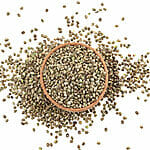
No! Only the female cannabis plants make buds that can be smoked. Buying feminized cannabis seeds saves you the trouble of identifying and removing male plants later on during the flowering stage.
What is the best temperature for growing weed?
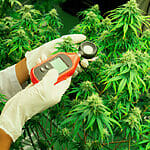
The ideal temperature for growing weed, or marijuana, varies depending on the stage of growth. Generally, during the vegetative stage, temperatures between 70-85°F (21-29°C) are recommended. In the flowering stage, slightly cooler temperatures of 65-80°F (18-27°C) are preferred. Maintaining consistent temperatures within these ranges helps optimize growth, metabolism, and resin production in marijuana plants.

